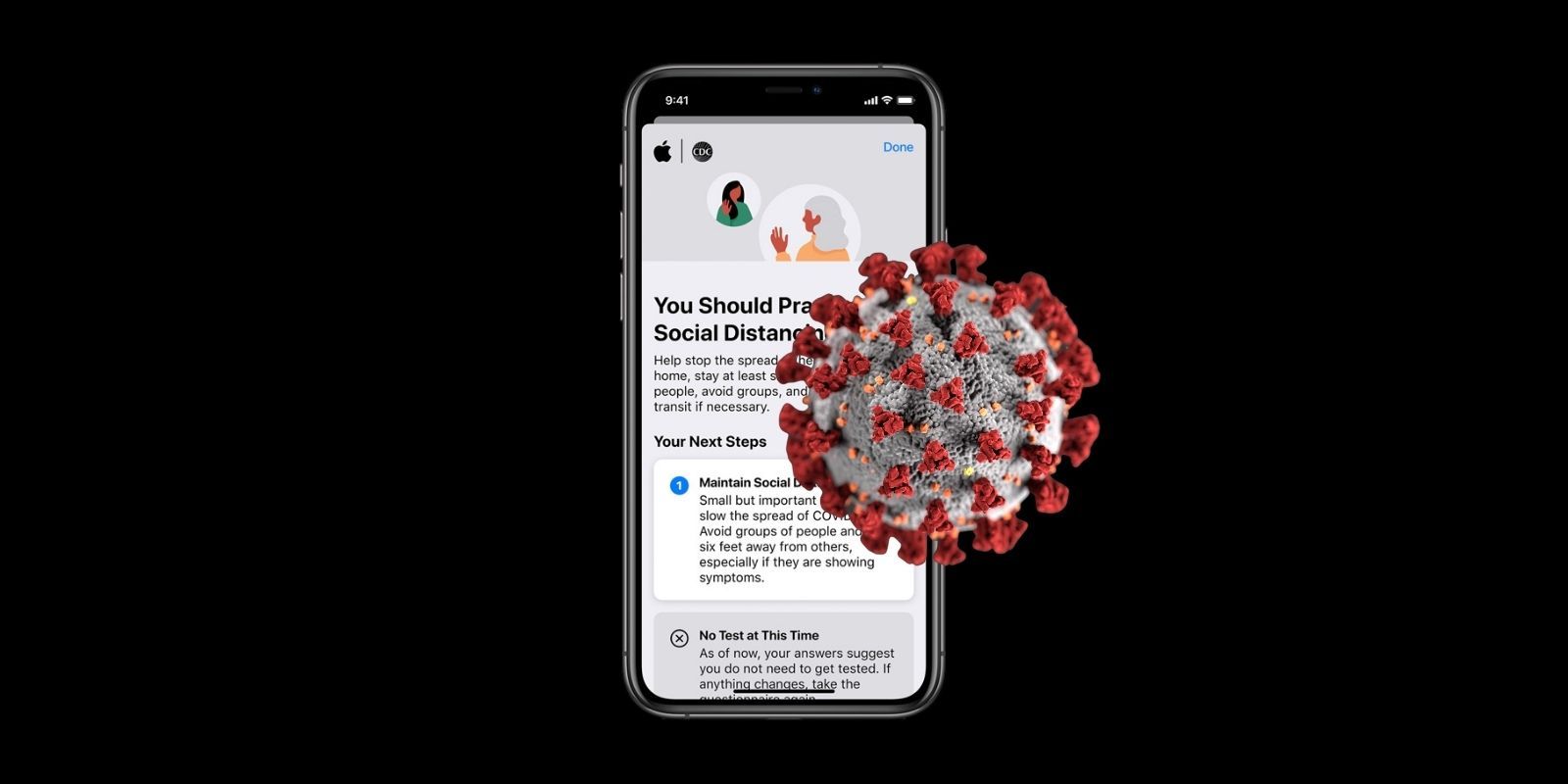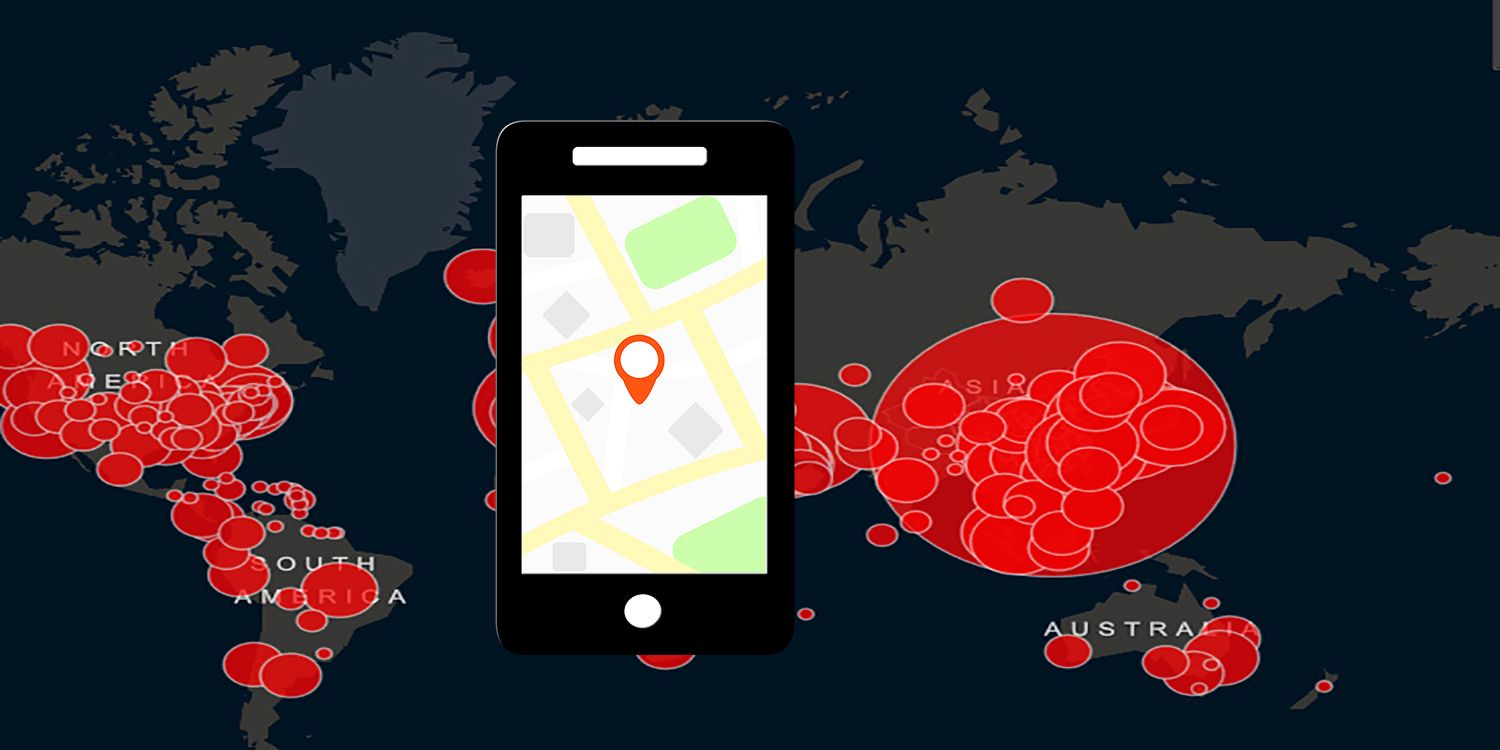
Apple and Google came together earlier this year to announce a feature that could alert of a potential exposure to COVID-19 without having to engage with a dedicated app. The feature is Exposure Notifications Express and is included with iOS 13.7 and later, although the notification system only works when a Public Health Authority -- also known as a PHA -- supports it. If their local PHA supports it, then someone has two options: they can download the PHA’s app, which iOS will then use to send them exposure notifications, or they can take advantage of the app-less experience.
Back in April, Apple and Google announced plans to partner in an effort to combat the spread of coronavirus and released new APIs. Application Programming Interface is a software intermediary that allows for communication between the software and the user. For example, when someone is shopping online and they add an item to their cart, the API facilitates the connection between the user and the website. With these updated APIs from Apple and Google, app developers can produce apps that work on both operating systems. It also means that the Bluetooth within both phones will be able to communicate with each other, allowing for the contact tracing process to take place.
In order to support Exposure Notifications Express, a PHA must be using both a test verification server and a key server. The test verification server works with the PHA to create a verification code, which the PHA then sends to the user -- whether via email, over the phone or as a clickable link in a text message. When the user types the code into their phone, or clicks on the link, the information of their positive diagnosis is entered into the phone. The key server then comes into play. It accepts key uploads from users with a positive diagnosis, while also accepting key downloads in order to support exposure detection. Basically, it’s this information which allows phones to communicate with each other, informing the user who is around them has been exposed.

First, if someone is using an iPhone for the notification system, they need to have iOS 13.7 or later enabled on their phone, in order for the exposure notification system to function properly. Then, if they receive a positive test result, it’s sent on to the PHA -- at this point, the PHA generates the verification code, which is sent to the user’s phone. As previously noted, they either type in the code, or tap on the link sent to them via text message or email. The phone then receives an authentication token from the test verification server. This information, along with key data like location, will be sent to a database. If their local PHA supports Exposure Notifications Express, and if they have Bluetooth enabled, someone’s phone will be able to connect with this database, thereby allowing them to receive a notification about the nearby exposure.
Utilizing phones and contact tracing for disseminating COVID-19 information isn’t foolproof -- there has already been a scam earlier this year, in which scammers sent people a text message containing false information. That being said, seeing two tech giants like Apple and Google come together in order to help public health become more readily available is a sign that technology is one of the best tools society has when it comes to combating the pandemic. Of course, a crucial component in whether the Exposure Notifications Express system works is participation: local PHAs have to approve using the system, and people have to actually use it themselves. If enough people, including Public Health Authorities like the state health department, actually take advantage of this exposure system by Apple and Google, they may be able to keep themselves and each other safer.
Source: Apple
from ScreenRant - Feed https://ift.tt/3lTOcyp


0 Comments